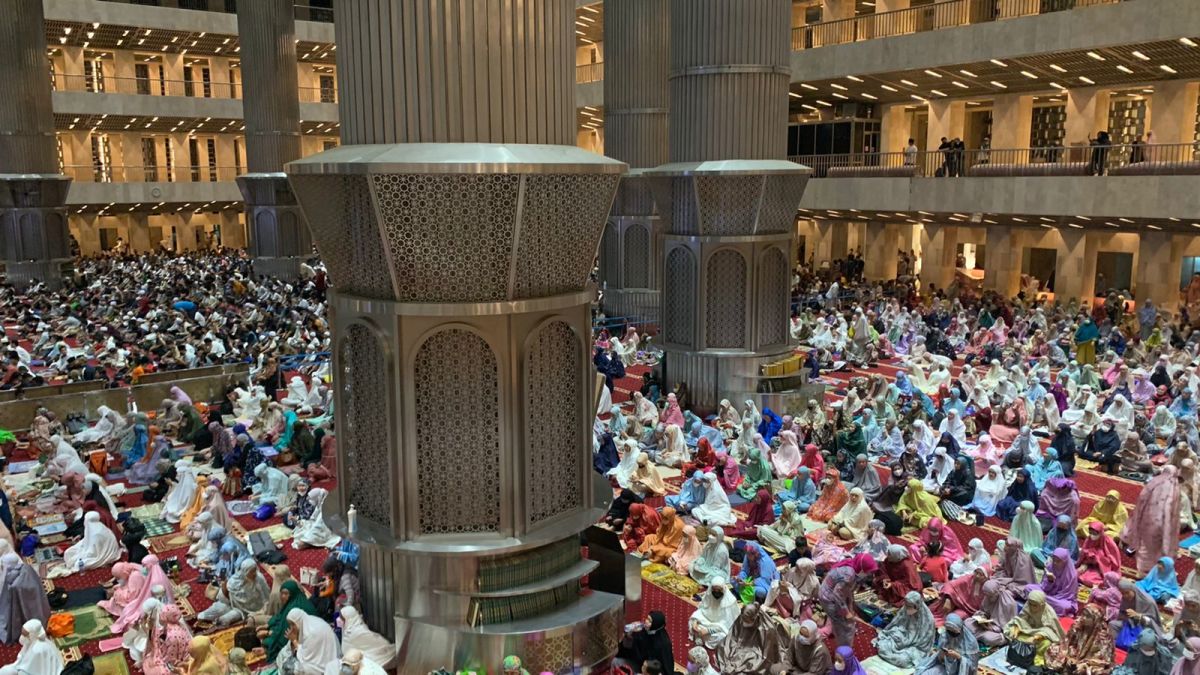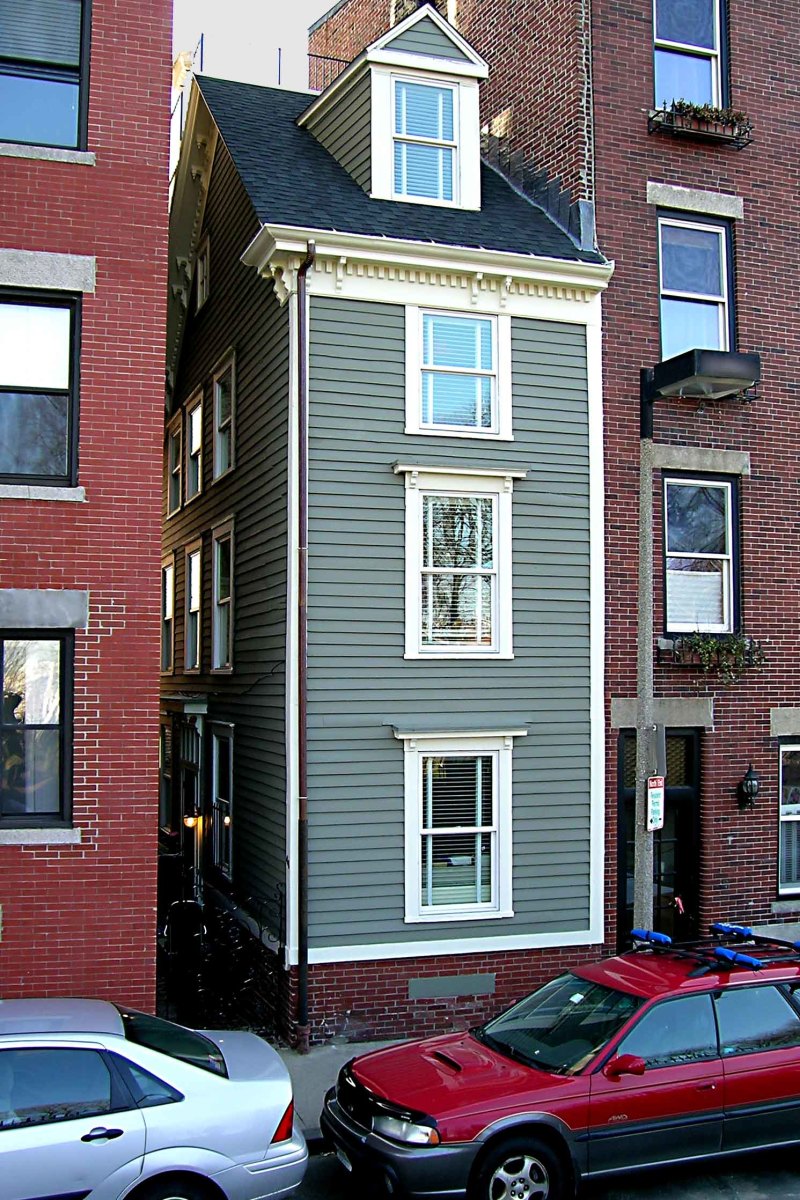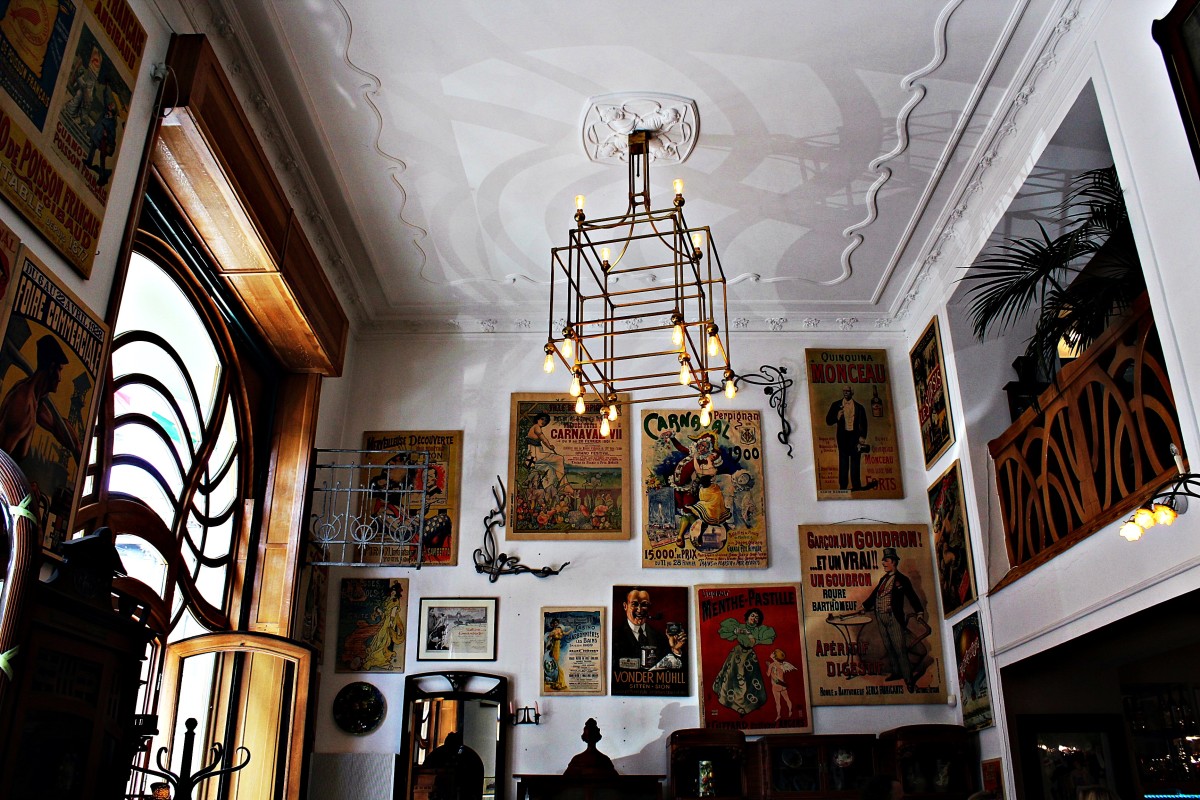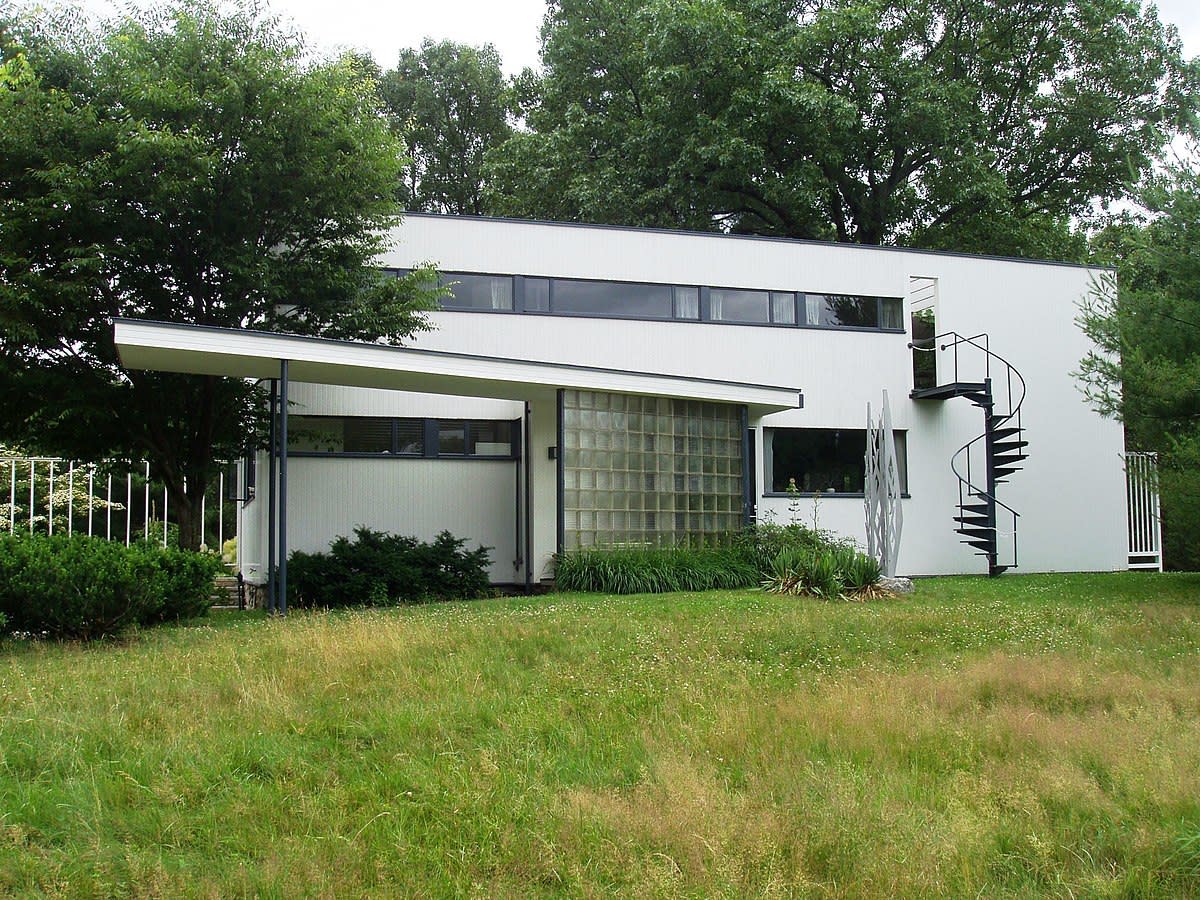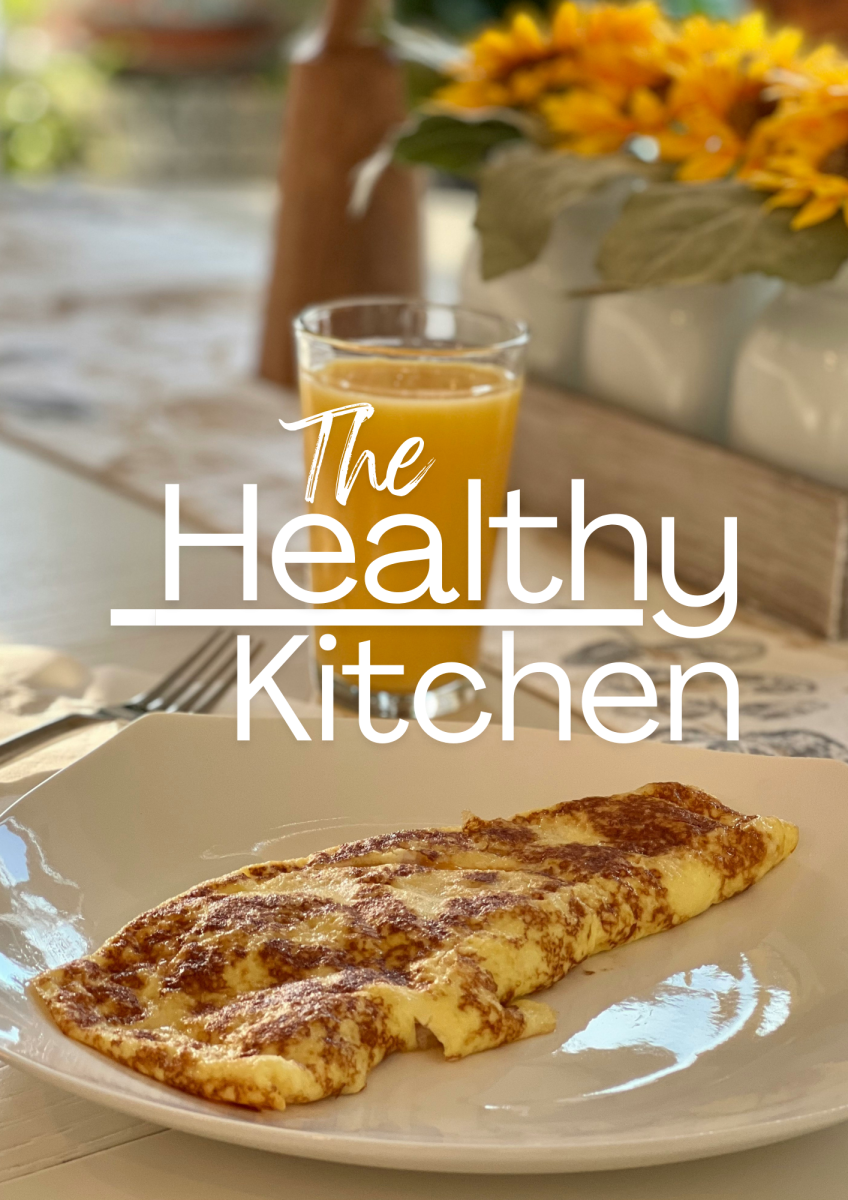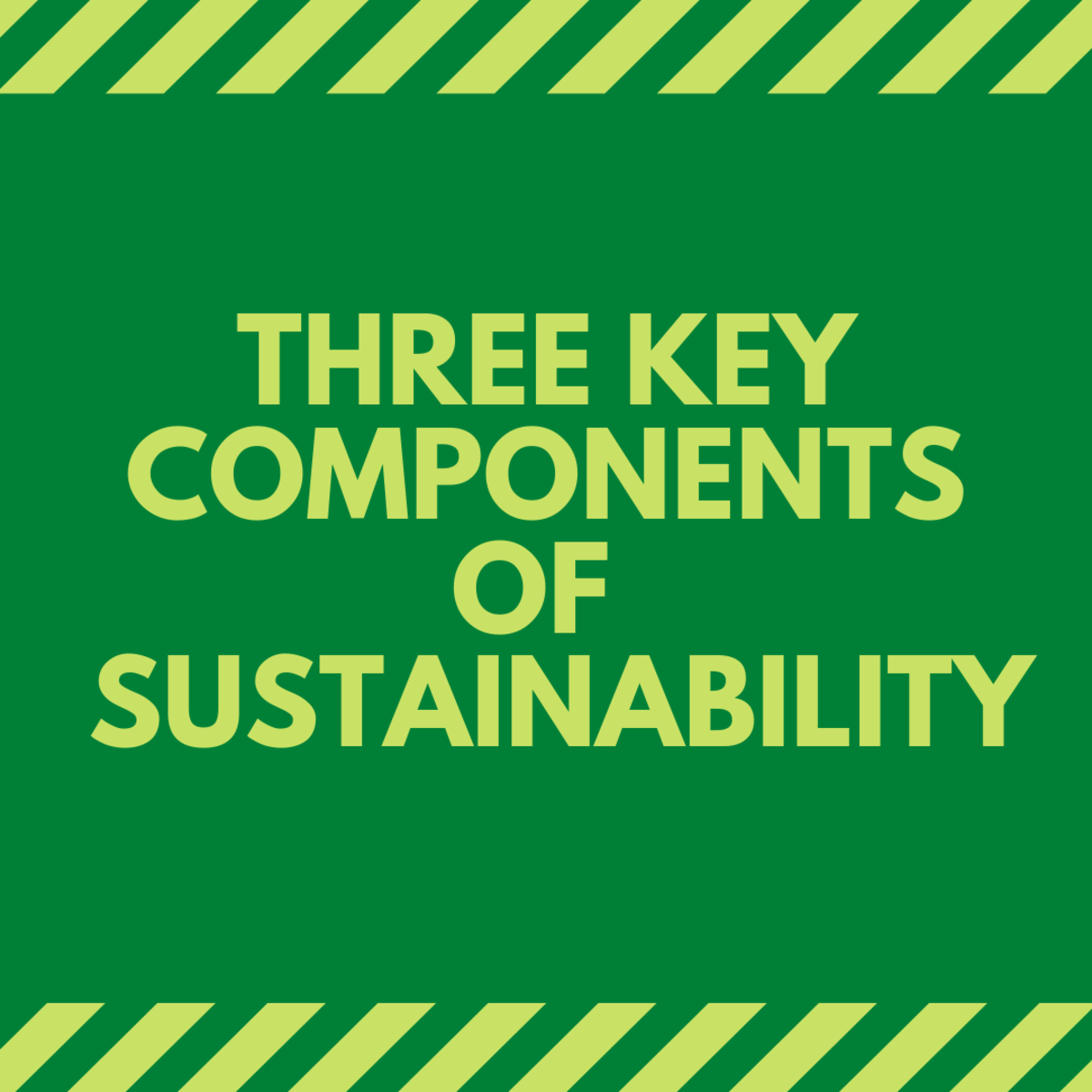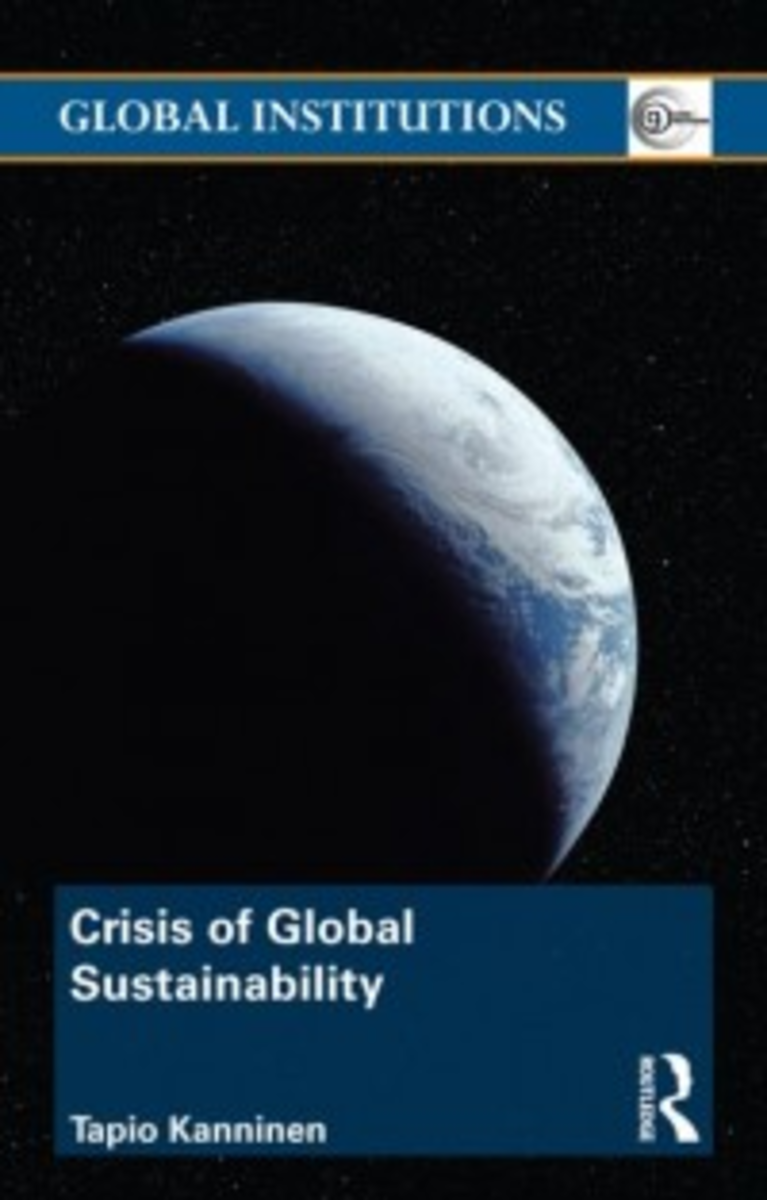The Dream of the Sustainable House
A Net Loss of Zero
Wikipedia states that 40% of fossil fuel consumption in America and the European Union goes into heating/cooling and powering houses. This is the very opposite of sustainable. This reliance on using fossil fuel cannot be maintained because oil, coal and natural gas are limited resources. However, when we talk of sustainable design it is not just fossil fuels but all natural resources that have to be taken into account. A truly sustainable house produces a net loss to environmental assets of zero.
Zero Energy Building
There are a number of ideas prevalent concerning sustainable housing.
One of the most popular is the idea of the zero energy building (ZEB).
This is defined as a building which can power itself from renewable
energy sources such as solar energy or wind energy. No external source
of electricity is used. Zero energy buildings make heavy use of
photovoltaics and wind turbines. They also use passive solar heat gain
and thermal mass to stabilize internal temperatures.
There have been lots of zero energy buildings constructed in Europe and
North America. Much of the technology needed to make your house a zero
energy residence can be bought off the shelf. If you are designing your
own house then you can buy computer software that simulates changes in
power consumption, solar heat gain etc. brought about by alignment of
the house to the sun, seasonal changes etc.
Of course, people in the developing world who live in huts, tents, caves
and corrugated iron sheds often dwell in zero energy buildings simply
because they have no electricity.
Passive House
Another successful architectural ethos that has been called
‘sustainable’ is the passive house. This is popular in Germany and
Scandinavia. The passive house and the zero energy building share many
goals – such as better insulation and energy efficiency, but the passive
house seeks to use less power. This is achieved by superinsulation.
Superinsulation involves making doors and windows air-tight, increasing
wall gaps to put in more insulation and other techniques. A passive
house aims to be like a sleeping bag trapping all the heat in a house so
just the heat generated from electrical appliances and human beings is
enough to heat the house. In mild weather, natural ventilation is used.
In the winter, solar energy is used to drive a small heater and fan that
circulates warm air in the home.
Several adoptions have to be made to make a passive house for hot and humid weather but it is possible.
Connected to the idea of sustainable design is green interior design.
The goal of making the interior of a home energy efficient and healthy
compliments the goal of making the architecture energy efficient.
Common Threads
Out of all these considerations of a sustainable house there are certain common threads:
1) A house must be as small as possible. Small is easier and more
efficient to heat. A lot of architecture that is influenced by ‘green’
issues breaks this rule. The desire to make an effect using space is too
much to withstand for famous architects.
2) Harmonize with the site. Try to fit into the local environment.
3) The use of natural heating and cooling plus solar energy.
4) Located near the place of work for the homeowner. Again this rule
is often broken by the big money projects. Many ‘eco’ or sustainable
houses are the toys of the rich and require a high carbon output to
reach.
5) The preference to refurbish older buildings where possible. This
conserves natural resources and is a good example of upcycling.
The Problem
The problem that is common to a lot of thinking about sustainable
housing is that too much is made of the carbon input and carbon cost of
running a house. Yes it is vital for the goal of sustainability to cut
the house off from the national grid and avoid carbon emissions from
heating/cooling. But it is also vital to look at the other natural
resources involved in the building project. Iron ore, minerals, wood,
cement, electrical wiring, glass are all made from natural materials
that are limited. Some involve the carbon intensive practice of mining.
Then there is transportation of the materials and the processing and
assembling. There is a water bill to consider. The more you look into
what goes into a house to make it the more you realize that it is
draining natural resources and cannot be considered sustainable in the
widest sense of the world; especially if everyone got a ZEB or passive
house.
This problem is recognized by those seeking to design ‘low tech houses’
that use local natural materials. They are not focused on aesthetics of
big sheets of glass but just being as low tech and efficient as
possible. It seems that the closer we get to those poor people who live
in zero energy huts and sheds the more we are approaching
sustainability. Of course over the next 50 years when the world
population of homo sapiens (the irony) doubles, nothing that is done by
humanity will be sustainable because we ourselves will have become an
unsustainable burden on the planet.
Related Hubs and Sites
- What are Green Roofs
A green roof refers to a roof that has grass, trees, shrubs and plants growing in soil on the roof. There are two basic types of green roof: intensive and extensive. - Notes on Sustainable Design
As the Worlds supplies of oil start to run out during the first few decades of the Twenty First Century people are going to start taking the ideas of sustainable design more seriously. - Whole Trees Architecture
Although green interior design is usually thought of as changing the interior of house to make it healthier for people, more energy and water efficient it is restrictive to think within the box of changing a... - How to Reduce Your Home Electricity Bills
The average family in the USA spends $2,200 a year on energy bills. A lot of these dollars are wasted. This article is about what you can do to reduce the waste in electricity use in your home. - Are Feed-in Tariffs A Good Idea?
Since April 1st, 2010 people living in the UK are entitled to take advantage of a scheme that makes installing solar panels on your house or a wind turbine on your property much more affordable. - Green Gift Ideas
Whether you do your Christmas shopping early or leave it to the last moment it is often not easy to find a great present for a friend or family member. It seems there is so much choice and yet nothing really stands out. So why not get a green gift? - Earthmate Compact Fluorescent Light Bulbs
The fluorescent light was invented by Peter Cooper Hewitt in the late 1890s and was used in photographic studios but the... - Sustainable Flooring and Green Interior Design
If the principles of green interior design are looked at more closely it is obvious to see that sustainable flooring is key to the whole idea of creating environmentally friendly and people friendly interiors. - VOCs in the Home
One of the lesser known evil off-sprouts of the petroleum empire that has the planet at its mercy is VOCs or Volatile Organic Compounds. - What is Green Interior Design
Green interior design is about what is good and what is bad for peoples health, for the environment and for saving energy. - What is a Passive House
In 1988 Professors Bo Adamson of Lund University in Sweden and Wolfgang Feist from the Institute for Housing and the Environment in Germany developed the idea of the Passivhaus or Passive House. - Blog
Blog posts about topics related to green interior design.



